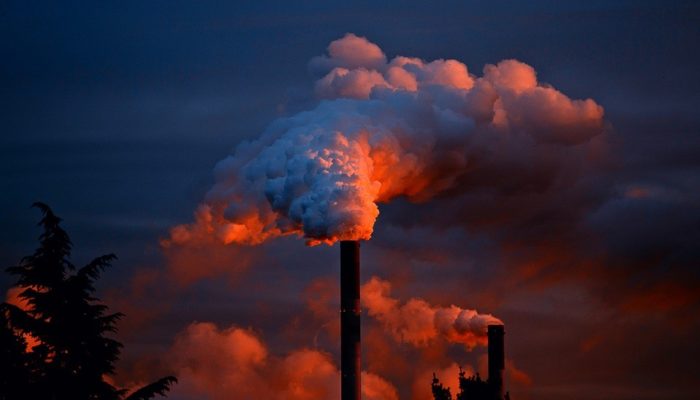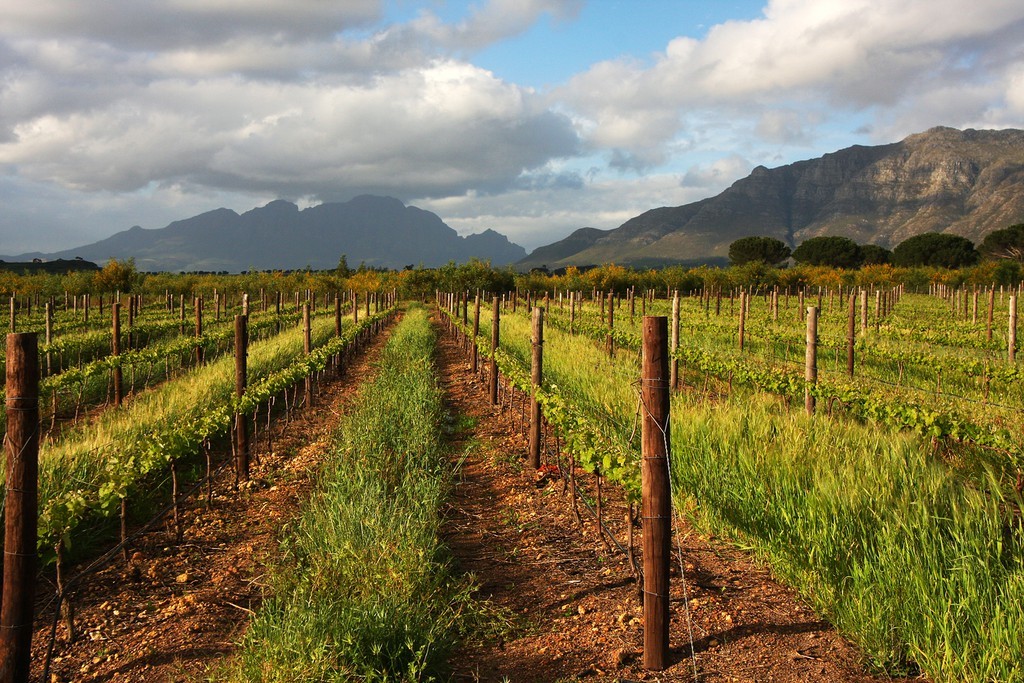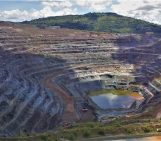
This month the GfGD blog revolved around the theme of Resources. Blog author Heather Britton explores the link between the use of natural resources and development. How feasible are the various options available to us, to reach a use of resources aligned with sustainable development? From the ideology of a circular economy, a switch to renewable resources and increasing efficiency, what might help us get out of an unsustainable pattern? [Editor’s note: This post reflects Heather’s personal opinions. These opinions may not reflect official policy positions of Geology for Global Development.]
Resources play a huge part in determining the character, history and trading power of a country. Many of these resources – such as metal ores, precious stones and fossil fuels – link directly to the geology of a region, which has inspired the theme of ‘resources’ for this month’s selection of blog posts.
This week, I want to look at how in the past, and indeed to this day, the quantity and quality of resources available to a country has acted as a predictor of how developed that country is, and how this will need to change in the future if we are to succeed in meeting the UN sustainability goals.
The most striking example of development spurred on by the availability of resources is the industrial revolution. The UK is thought to have led the way in becoming an industrialised nation due to a combination of the amount of underlying carboniferous coal, and a strong agricultural economy.
Although Britain is thought to have experienced an industrial revolution of its own between the mid-18th century and 1830, the more widely recognized industrial revolution occurred between the mid-19th to the 20th century and was experienced by other countries, including France, Germany and North America to name a few.
Without the use of coal as a resource, development might have come to the UK much later.
It is predicted that by 2050, 140 billion tons of minerals, ores, fossil fuels and biomass will be used per year – three times the current average.
The environmental effects of burning coal and other fossil fuels were not fully appreciated at this time.
In the UK, as light has been shone on the negative impact of fossil fuel use, carbon emissions have been cut to a fraction of what they were during the industrial revolution. That being said, the UK is in the privileged position of having gone through industrial development prior to the threat of global warming being appreciated.
Many countries, particularly in parts of the world with low GDP, are only now beginning to use the natural resources available to them to undergo similar development to that which the UK experienced a century ago (this website gives an indication of world income by region over time).
This poses a problem for the climate, however, and brings us to the cusp of the problem – development needs to be decoupled from resource use, so that countries are able to reap the rewards of development in a sustainable way which does not exacerbate the negative impact that people have had on our planet up until now.
But how can this be achieved?
going from our entrenched linear method of dealing with waste to a circular economy would require huge changes to the way in which property, possessions and businesses function
It is predicted that by 2050, 140 billion tons of minerals, ores, fossil fuels and biomass will be used per year – three times the current average.
Citizens of developed countries consume an average of 16 tons of these same materials per capita (ranging up to 40 or more tons per person in some developed countries). By comparison, the average person in India consumes only 4 tons per year. This stark contrast demonstrates how much resources are taken for granted in the economically developed world, and how this needs to change.
One method of severing the link between development and resource availability is to shift towards a circular economy. This is an ideology whereby there is little to no waste, and instead of items being thrown away once used, the worn-out components are continually replaced.
This idea is similar to how natural ecosystems function (there is no waste in nature). Adopting this kind of lifestyle would separate our reliance on resources from the ability of a nation to develop, but going from our entrenched linear method of dealing with waste to a circular economy would require huge changes to the way in which property, possessions and businesses function.
Although it may be the ideal solution, transitioning to a circular economy would require a huge change in global attitude which will take a great deal of time to develop.
A far more feasible way of working to separate unsustainable resource use from development is … to minimise the use of non-renewable resources
A far more feasible way of working to separate unsustainable resource use from development is simply to minimise the use of non-renewable resources so that it is no longer essential to use them to reach a developed state.
Methods of doing so include adopting new, greener technologies to replace the heavy industries that have been large-scale users of fossil fuels in the past (for example adopting electric arc furnace improvements in the iron and steel industry) and ensuring that fewer high carbon fuels need to be burned to heat homes by improving home insulation, particularly in cooler parts of the world.
By improving the materials, insulation and orientation of buildings (orientations which make the most use of solar gains) energy use in buildings can be cut by 80%.
On top of these examples, using more renewable energy in agriculture and continuing to innovate to create alternatives to unrenewable resources use are further options.

Picture by Joyce Schmatz, distributed via imaggeo (CC BY 3.0). By making agriculture more renewable we can take a step towards decoupling development from resource-use.
It is doubtless that as a country develops, its resource use will increase. However, with awareness of the environmental challenges facing the planet as it is growing, developing countries will be able to tap into the growing renewables industry rather than turning to substantially increased fossil fuel use.
At the end of the day, countries will develop however they are able and it is not up to anyone to dictate how they do this. However, in the interests of meeting UN sustainable development goal 13 – climate action – encouraging sustainable development may be the best way to ensure that as development spreads to more countries, our planet is not significantly affected as a result.
**This article expresses the personal opinions of the author (Heather Britton). These opinions may not reflect an official policy position of Geology for Global Development. **

